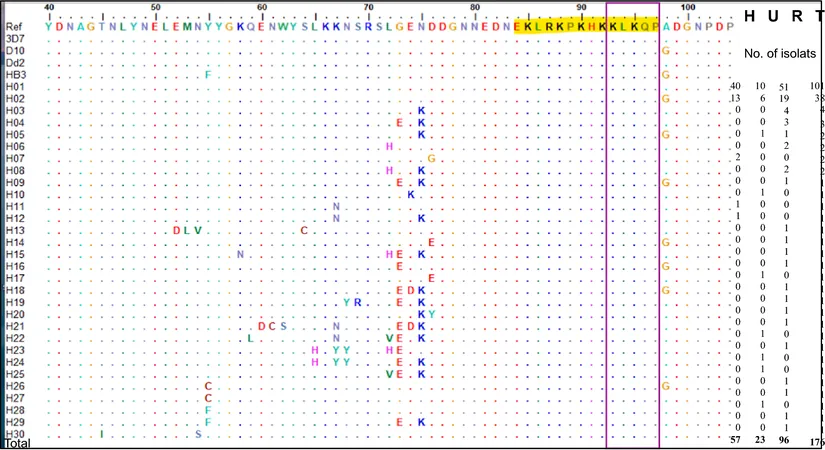
Why Won't That Eye Twitch Stop? Uncovering Facial Muscle Spasms and Their Solutions
2025-05-13
Author: Siti
Understanding the Twitch: What Is Hemifacial Spasm?
We’ve all experienced that occasional eye twitch—usually stress-related and short-lived. But what happens when this twitching persists or spreads across your face? It might be a sign of hemifacial spasm (HFS), a neurological condition characterized by involuntary contractions of the muscles on one side of the face.
Dr. Nicolas Kon, a specialist in hemifacial spasm at Neuro Asia Care, shares insights: "Initially, the spasms typically start around the eye and could extend to the cheek, mouth, and jaw. In most instances, it’s caused by a blood vessel pressing against the facial nerve, disrupting its normal function."
The Science Behind the Spasms
As pressure on the facial nerve increases, its protective layer diminishes. This leads to irregular signals being sent to facial muscles, resulting in the twitching and spasms that disrupt lives. There are two types of spasms: clonic spasms, which are quick, repetitive twitches; and tonic spasms, which cause prolonged muscle tightness. "Even brief episodes can occur frequently enough to significantly interfere with daily life," Dr. Kon adds.
Impacting Daily Life and Confidence
The implications of HFS go beyond just physical discomfort. Simple tasks like reading, driving, or watching TV become challenging when your eye unexpectedly closes. The visibility of these spasms can erode self-confidence and affect social interactions, creating a decline in quality of life, according to Dr. Kon.
Diagnosis: Identifying Hemifacial Spasm
A persistent, one-sided eye twitch often signals the beginning of HFS. If the twitching intensifies or spreads, it’s crucial to consult an HFS expert. Diagnosis usually involves a physical examination and an MRI scan to identify any blood vessel compression on the facial nerve and rule out alternative conditions like tumors.
Who Is Affected by Hemifacial Spasm?
Research suggests that HFS affects approximately 15 out of every 100,000 individuals, with a higher prevalence in Asian populations. While there's no official data for Singapore, Dr. Kon believes the trends are similar. Often, milder symptoms are dismissed, leading to underdiagnosis, particularly in women aged 40 to 60, who are disproportionately affected.
Effective Treatments for HFS
Treatments for HFS typically include three options: 1. **Oral Medication**: Provides temporary relief in early stages but can lose effectiveness over time. 2. **Botulinum Toxin Injections**: Temporarily relax the affected muscles but need to be re-administered every few months. 3. **Microvascular Decompression (MVD)**: A one-time surgical procedure that addresses the root cause of HFS, offering significant long-term relief.
"MVD directly tackles the source of the issue—pressure on the facial nerve," Dr. Kon explains. The procedure is performed under general anesthesia and involves a small incision behind the ear to place a cushion-like pad between the nerve and the compressing blood vessel.
Recovery and Success Rate of MVD
Patients typically only need a few days in the hospital post-surgery. Although recovery involves avoiding strenuous activities for a month, many notice improvement almost immediately. Remarkably, Dr. Kon reports that 90% of patients experience complete relief after MVD surgery, with some feeling spasm-free right away. In more severe cases, it might take a few weeks for spasms to disappear.
While there are risks, such as temporary facial weakness or hearing loss, these instances are rare, and overall quality of life tends to improve significantly.
Is MVD Right for You?
MVD is often recommended for patients with clear signs of nerve compression, good overall health, and persistent symptoms that do not respond to other treatments. However, it may not be suitable for everyone, especially those with milder symptoms or significant medical issues.
Dr. Kon emphasizes a personalized approach: "Whether your goal is symptom relief, reducing eye strain, or boosting confidence in social settings, your treatment plan should match your lifestyle and medical needs."
Discover More About HFS and Treatment Options
For those wanting to learn more about hemifacial spasm, the MVD procedure, or seeking a consultation, visit the Neuro Asia Care website.


 Brasil (PT)
Brasil (PT)
 Canada (EN)
Canada (EN)
 Chile (ES)
Chile (ES)
 Česko (CS)
Česko (CS)
 대한민국 (KO)
대한민국 (KO)
 España (ES)
España (ES)
 France (FR)
France (FR)
 Hong Kong (EN)
Hong Kong (EN)
 Italia (IT)
Italia (IT)
 日本 (JA)
日本 (JA)
 Magyarország (HU)
Magyarország (HU)
 Norge (NO)
Norge (NO)
 Polska (PL)
Polska (PL)
 Schweiz (DE)
Schweiz (DE)
 Singapore (EN)
Singapore (EN)
 Sverige (SV)
Sverige (SV)
 Suomi (FI)
Suomi (FI)
 Türkiye (TR)
Türkiye (TR)
 الإمارات العربية المتحدة (AR)
الإمارات العربية المتحدة (AR)